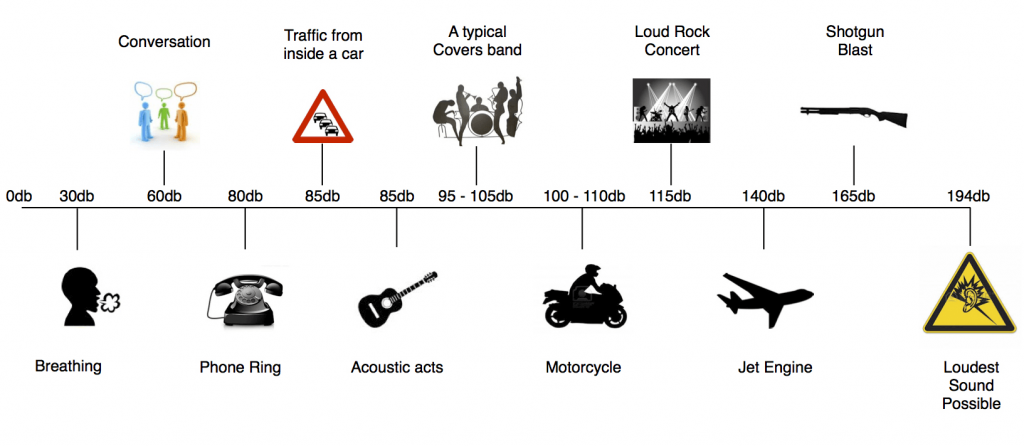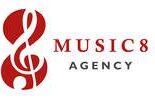Sound limiters are electrical devices that measure the amount of volume, or noise, in a room. If that volume reaches a certain level the sound limiter is designed to cut the electric supply to the stage.
Ultimate sound limiter guide for live bands at weddings, corporate functions and parties. A guide to sound limiters.
The visual indicator on the limiter works most commonly on a “traffic light” system, green = no problem, amber = sound levels approaching the threshold, red= threshold breached. If the light stays red for more than a few seconds, the limiter will then cut the power to the stage. This will leave you with no lights, action or music.
Check to see if your venue has a sound limiter
To safeguard find out if they have one in place.
WHY DO VENUES HAVE SOUND LIMITERS?
Where venues are near residential properties they have a duty to keep any noise to a reasonable level.
HEALTH AND SAFETY
There isn’t yet any legal requirement to protect customers or party guests, who are there voluntarily, from loud noises. But there is a requirement for employers to protect employees and contractors.
OTHER REASONS
The venue may want to keep noise down for other resident guests or simply just have greater control over the band’s volume.
WHAT LEVEL SOUND LIMITERS USUALLY SET TO?
You will find in most cases that sound limiters are set to between 80-90 decibels (db). This is an average based purely on our experience and you may find yours is set to a different level. Most live amplified rock & pop gigs register at between 100 and 115db. Acoustic drums kits alone can easily register 105 – 110db.
80-90db might not sound like much less than 100dB, but in fact the decibel scale isn’t a straight line. For example 110db actually sounds almost twice as loud as 100db, NOT a “tenth” louder.
80-90db is to quiet for a live band.
95db is too low for a band to perform properly.
Know your decibels

